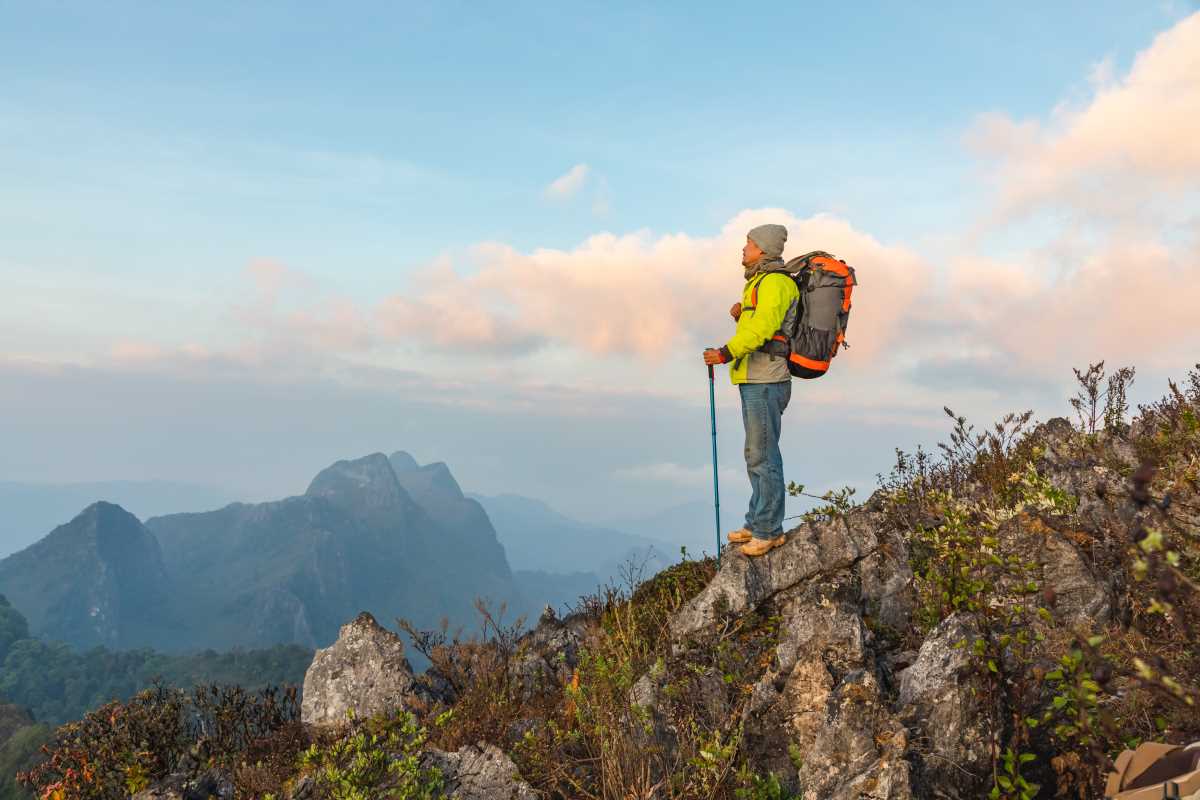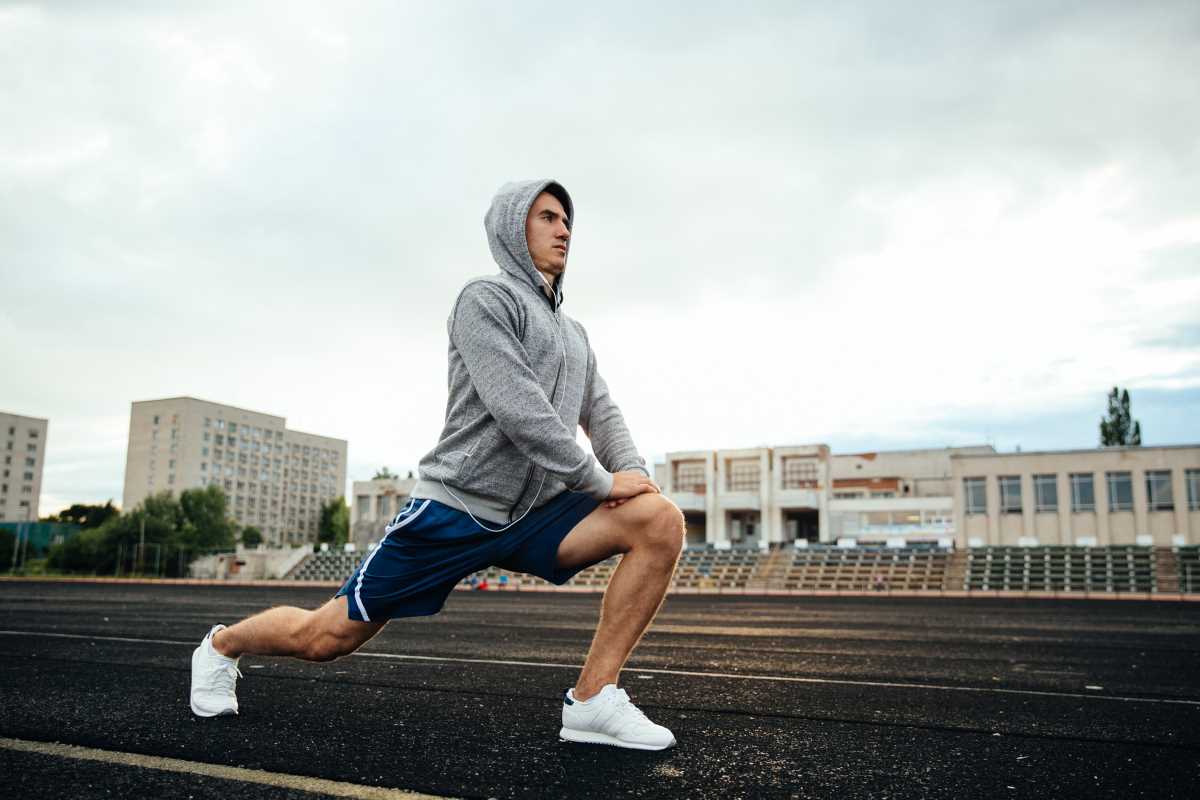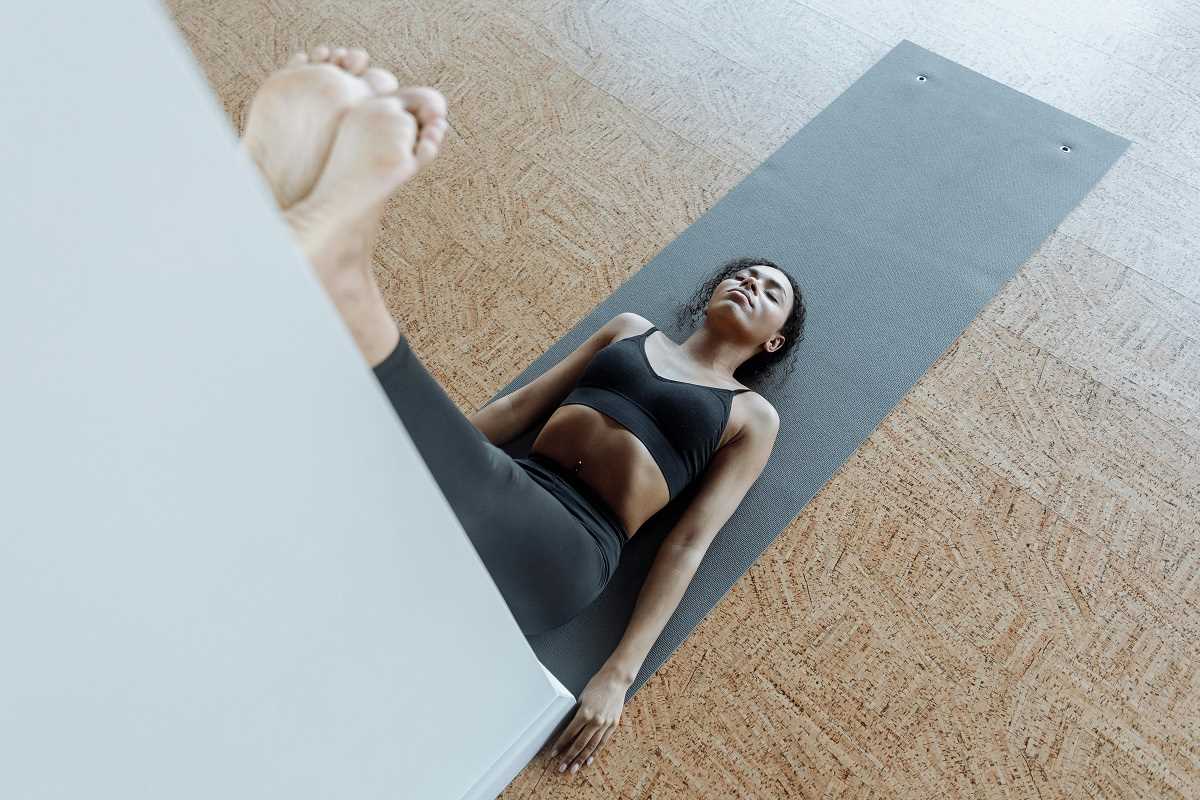Climbing a steep trail invites your senses to stay alert as every root and ridge presses you to adjust your step. Stones shift beneath your feet, and an unexpected wobble calls for quick focus and steady ankles. Walking along uneven ground means staying in motion, constantly shifting your weight and making small adjustments to remain upright. Each moment requires a careful balance between noticing the path ahead and reacting to its surprises. Instead of standing still, you move with the land, using each lean and pivot to help you advance safely and confidently. Every step becomes part of a continuous rhythm with the trail.
That moment when you pause on a mossy log, scanning for a safe path down, reveals how much steadiness matters. Training your balance off the trail sharpens those instincts, turning a precarious crossing into a confident stride. Let your workouts mirror the unpredictability you’ll face, so your body learns to adapt before the path forces you to.
Winding Paths Require Firm Footing
Imagine weaving through a narrow canyon after an afternoon storm. Fallen leaves create hidden dips beneath your boots. Your core twists and tightens as you shift weight to step around a puddle without sliding sideways. This subtle conversation between muscles and earth happens nonstop on winding tracks.
When you practice balance moves that mimic these shifts—rock-to-rock weight transfers, slow lateral lunges over raised surfaces—you teach your feet and hips to respond faster. That way, when the trail throws in an angled log or a slick rock, your body already knows how to adjust without a conscious thought.
Connecting Footfalls with Focus
Picture pausing at a brook, bracing on one leg while you estimate the next stone. Your eyes scan angles, your free arm swings slightly for counterbalance, and tiny muscles around the ankle fire to hold steady. That split-second training doesn’t happen by chance on flat pavement.
Working balance in dynamic setups—like slow single-leg reaches or wobble-board taps—gives you a mental map of where your center of gravity can drift before you tip. Over time, this subtle mapping builds confidence that turns uncertain hops across creeks into smooth transitions.
Hands-On Balancing Moves
- Single-Leg Rock
- Purpose: Improve ankle stability and proprioception by training small foot muscles for micro-adjustments.
- Steps:
- Stand on one foot near a wall for light support.
- Shift weight forward until toes grip.
- Rock back slowly onto heel.
- Repeat 10 times per side.
- Cost: Bodyweight only.
- Insider tip: Fix your gaze on a stationary point about three feet ahead to reduce sway.
- Lateral Step-Up
- Purpose: Strengthen glutes and improve side-to-side balance.
- Steps:
- Place one foot on a 6–8 inch platform.
- Push through the heel to lift the opposite foot beside it.
- Slowly lower with control.
- Do 12 reps on each side.
- Cost: Free with a sturdy bench or tree stump.
- Insider tip: Turn the foot slightly outward for extra hip engagement.
- Staggered-Stand Reach
- Purpose: Build hip and core response for uneven terrain.
- Steps:
- Place one foot two inches ahead of the other.
- Hinge at hips, reaching toward the front foot.
- Return upright without changing stance.
- Repeat 8–10 reps per side.
- Cost: Bodyweight only.
- Insider tip: Add a light clap under the front knee at the bottom for coordination cues.
- Wobble-Board Circles
- Purpose: Challenge reflexes dynamically in all three planes.
- Steps:
- Stand on a wobble board, feet hip-width apart.
- Circle knees outward slowly, then inward.
- Keep spine neutral throughout.
- Perform 15 circles clockwise, then counterclockwise.
- Cost: $20–30 for a wobble board.
- Insider tip: Wear only hiking socks to heighten foot feedback.
- Bosu Lunge Pulses
- Purpose: Strengthen quads, glutes, and ankle stabilizers for steep inclines.
- Steps:
- Place the front foot on the flat side of a Bosu trainer.
- Lower into a lunge until back knee hovers.
- Pulse up and down 5–7 inches for 15 seconds.
- Switch legs and repeat.
- Cost: $60–80 for a Bosu.
- Insider tip: Keep the knee over the mid-foot to avoid collapse and focus on quiet, steady pulses.
Gear Tips and Easy Adjustments
- Trail Shoe Sole Selection – Choose a sole with multi-directional lugs to grip roots and rocks. Softer rubber compounds bend around stones instead of sliding. Swap them in for flat indoor trainers once a week to activate stabilizer muscles that usually stay dormant.
- Lightweight Poles – Use them to spread out your weight while you build ankle strength. Shorten poles by 10–20% during balance drills to encourage relying on leg micro-adjustments rather than pole support.
- DIY Balance Platform – Stack two firm magazines or a small wooden plank secured between bricks. It costs almost nothing and provides unpredictable wobbles that mimic trail irregularities.
Adding these moves to your routine helps you adjust instinctively to uneven terrain. You respond quickly to each challenge, turning rocky paths into part of the adventure.







